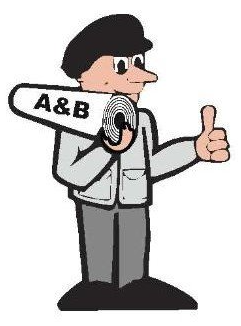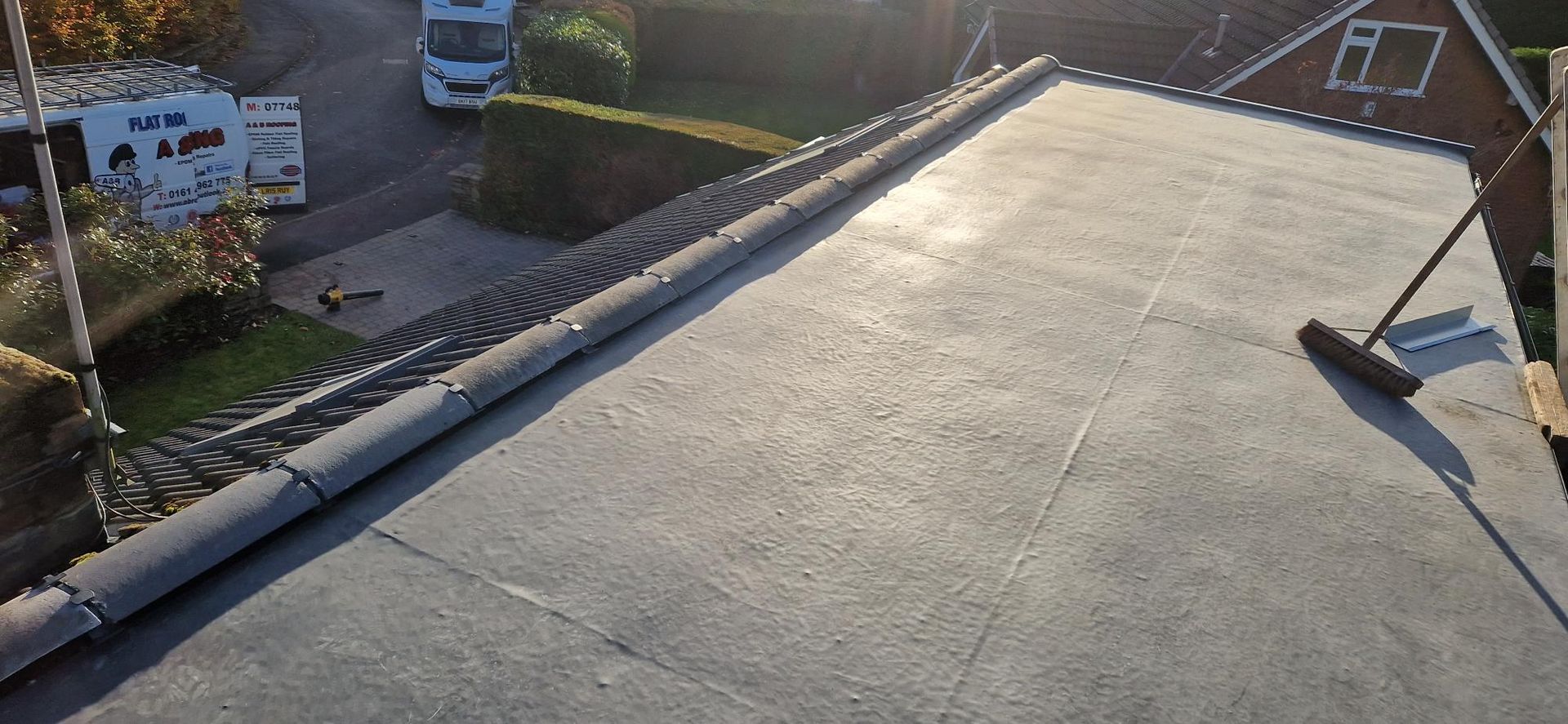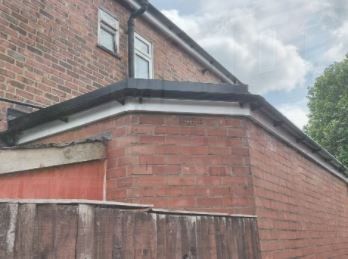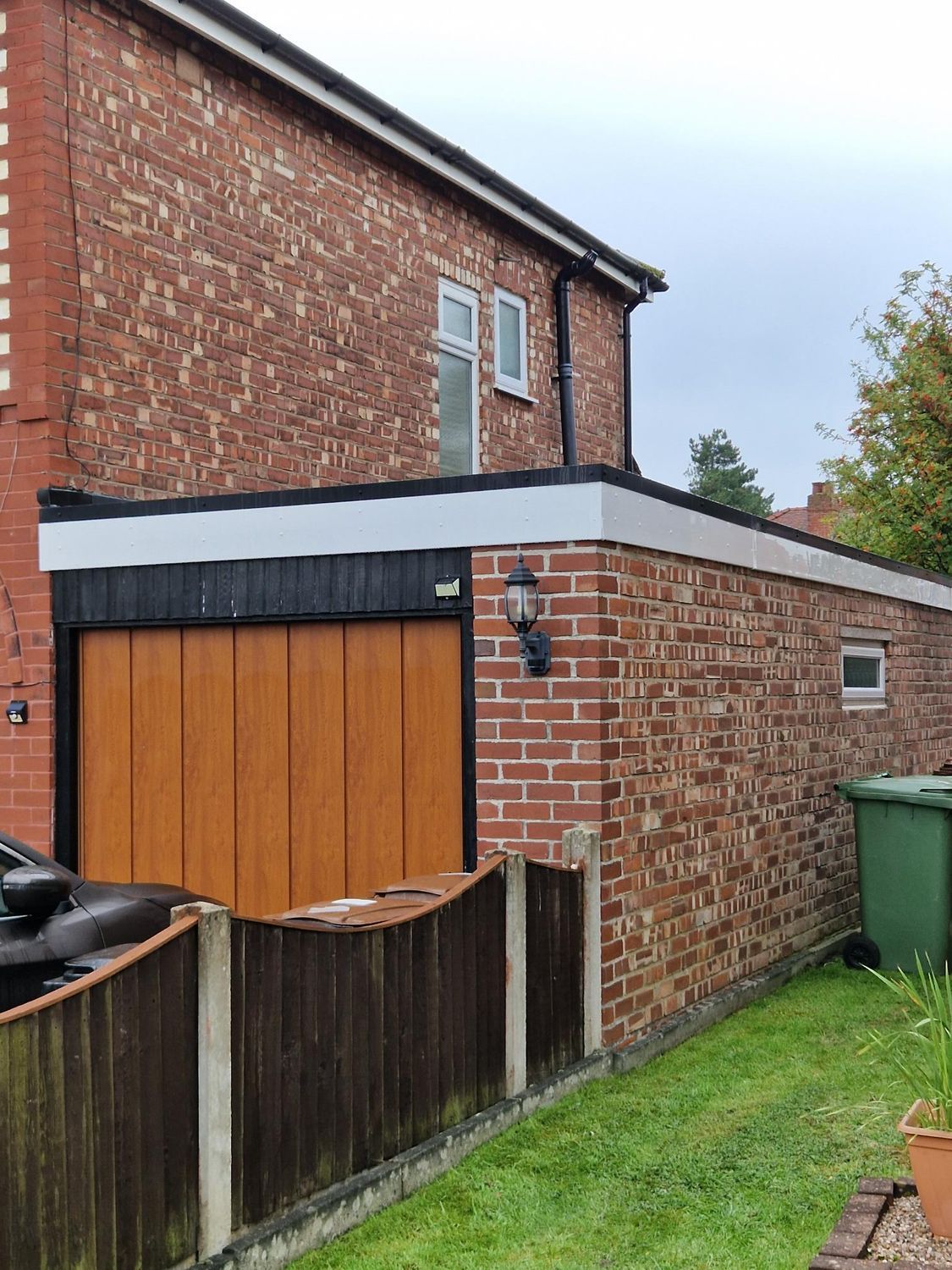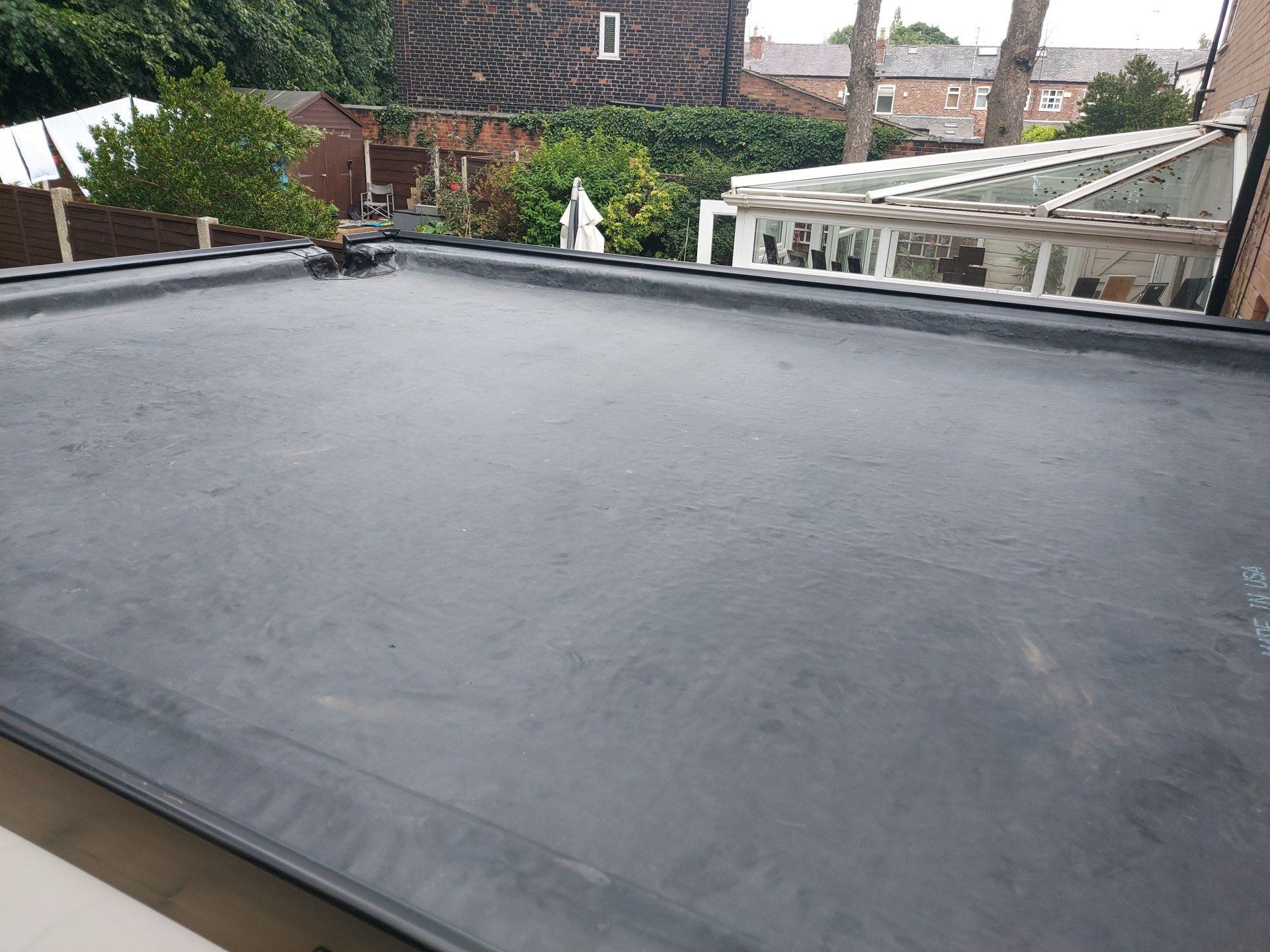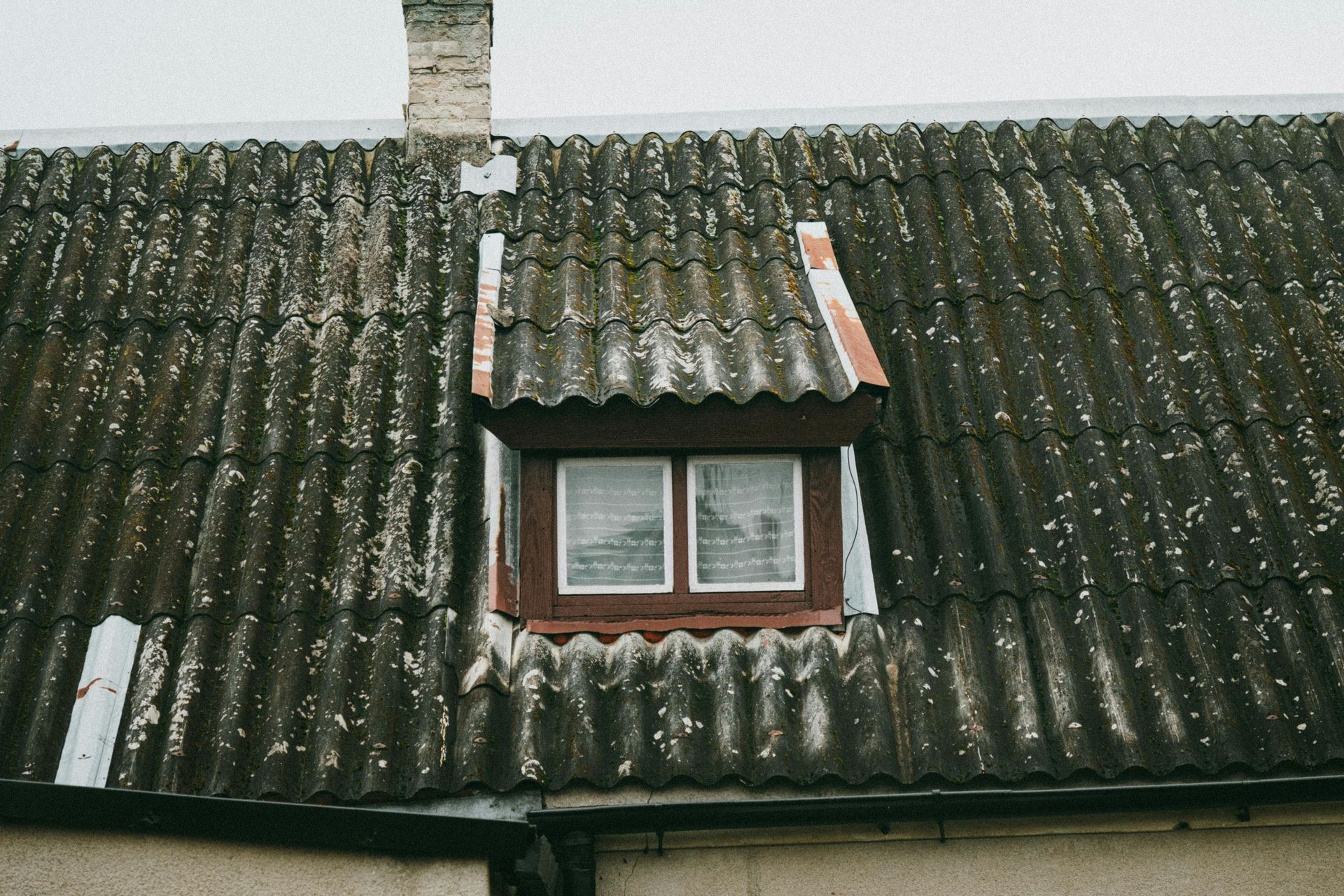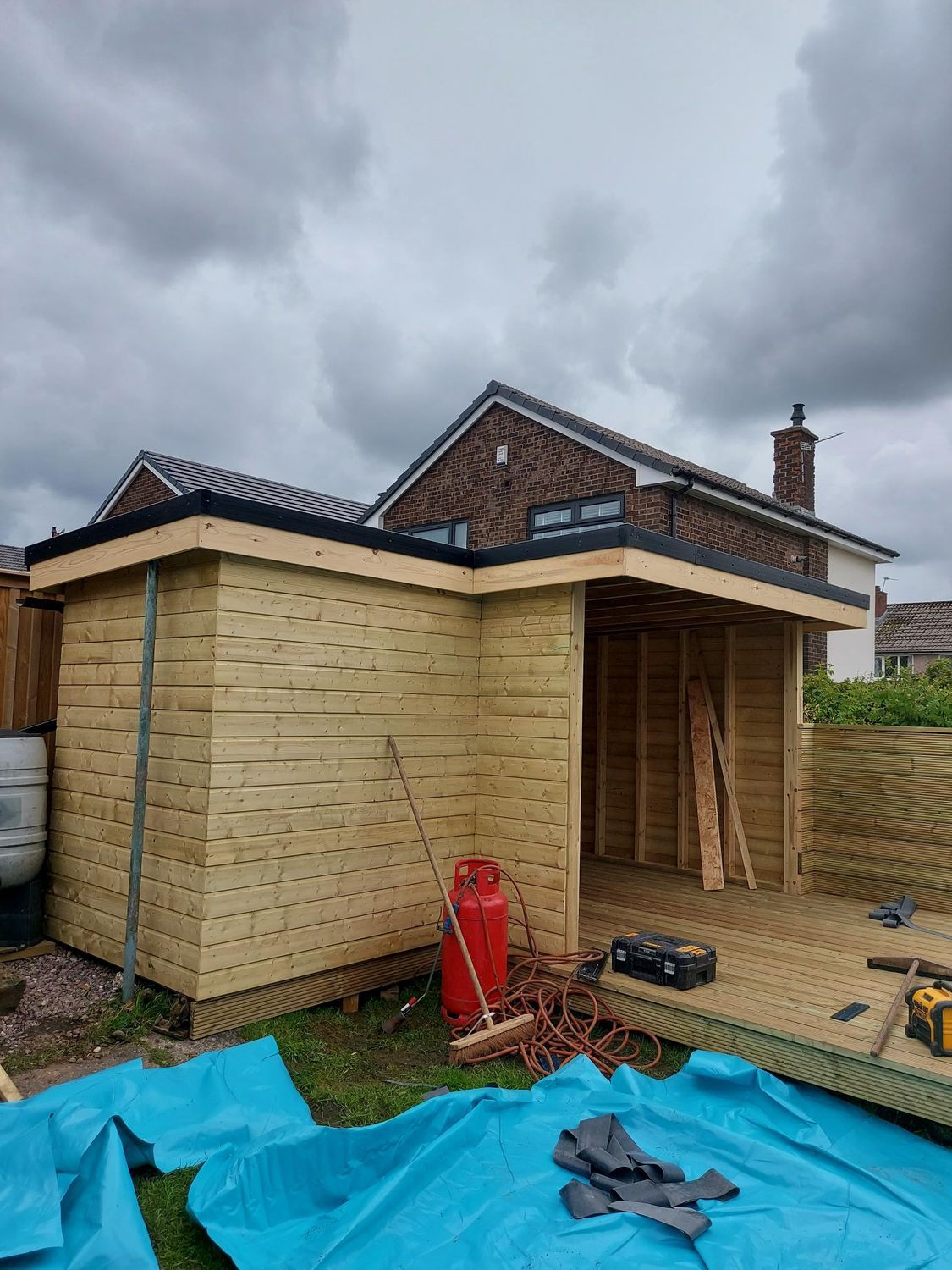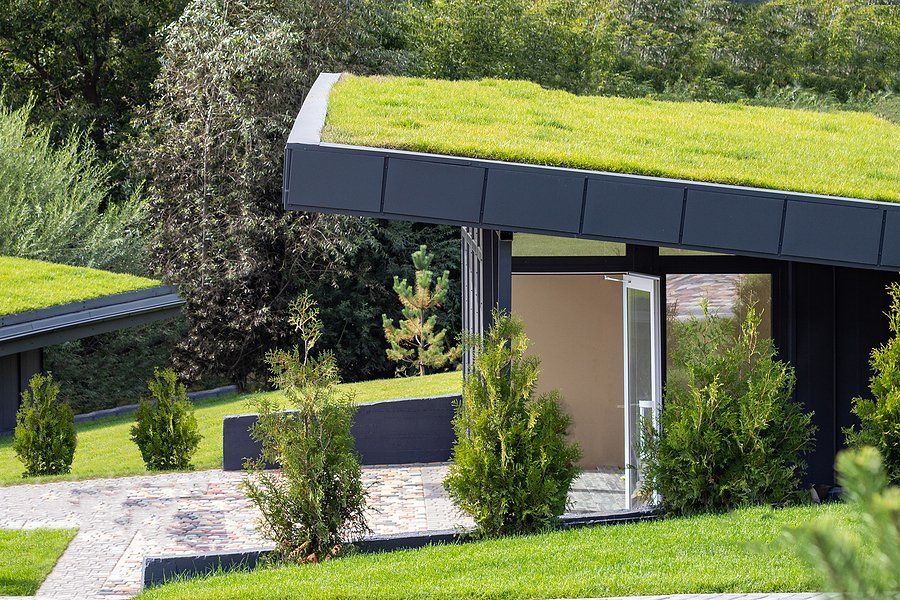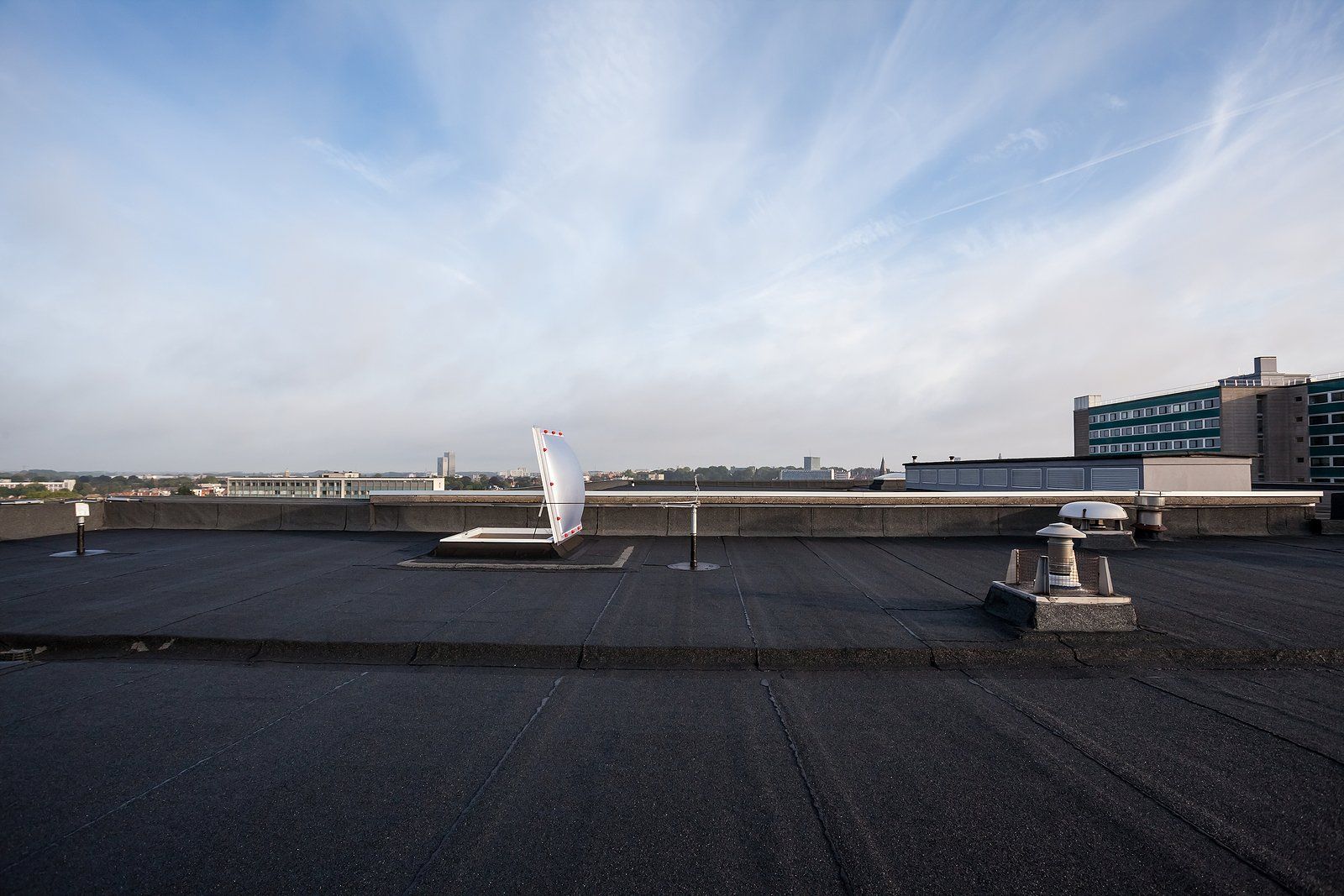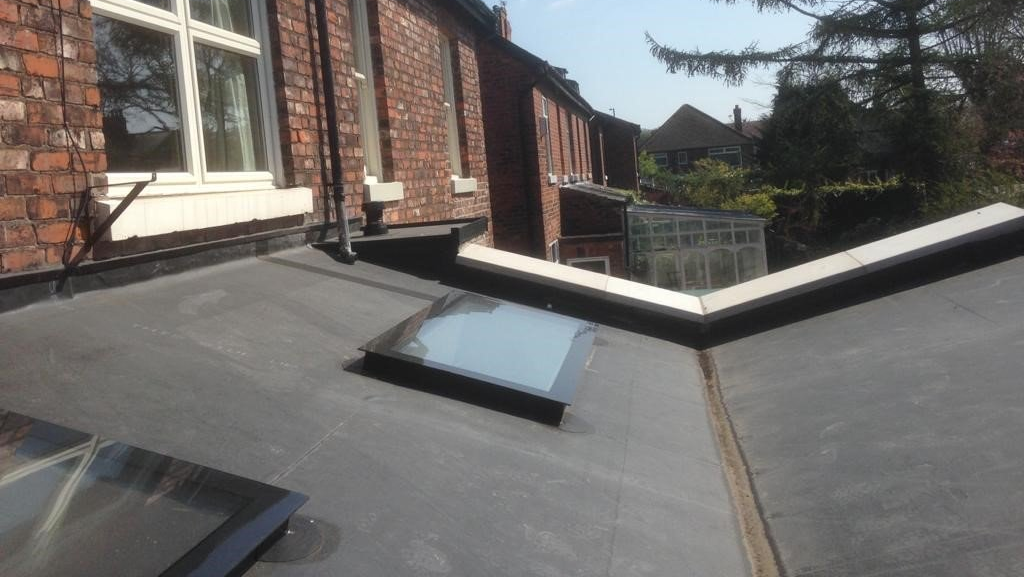A Guide To Green Roofs
Daniel Bracewell • 14 May 2021
Green roofs might be a new standard for commercial buildings - there are regulations in London that require buildings of a certain size and function to have a green roof - they come in all shapes and sizes from micro-green roof setups on sheds to vast rooftop gardens on modern self-built homes.
Whether it’s a towering office block, a school, or simply on your flat-roofed extension at home, green roofs look undeniably attractive than most other roofing options, and they’re not simply style over substance, they can help reduce the impact of your building works on the environment.
What are the Benefits of a Green Roof?
A green roof is, without a doubt, one of the most visual signals that you take sustainable building seriously. There is some cynicism that they do not serve enough ‘eco purpose’ to be worthwhile, but there are some genuine benefits:
• they absorb heat from the sun
• they absorb CO2
• they absorb up to 70 per cent of the water that falls on them
• they provide a degree of insulation – more cooling the building in summer as opposed to staying warm in winter
• they replace the ecology that the building stands upon.
Green roofs also serve an aesthetic purpose and can soften the look of rooftops and help blend buildings into the natural environment.
In ecological terms, a green roof is a simple and great thing to do. They can replace the ecology that the building is sat upon, and if used over a whole roof can be the single most overriding design influence on the house, as well as impacting on the construction, even down to the foundations.
However, a green roof does not need to be applied to the entire roof. Even just having a sec ton planted is visually pleasing and a step in the right direction.
If you need a flat roof specialist in Stockport, then talk to us today.
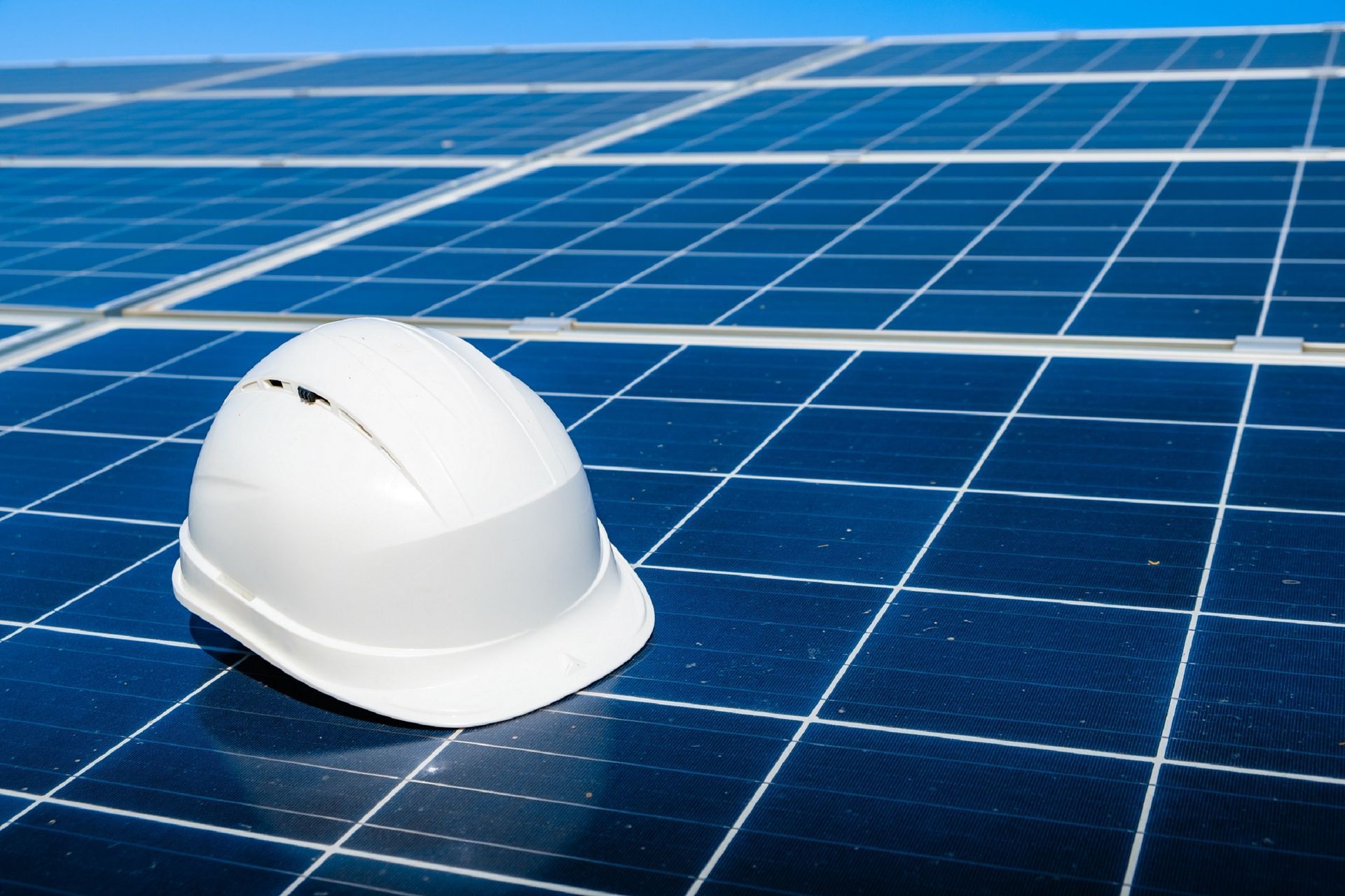
If you’re exploring how to lower your energy bills and reduce your carbon footprint, you may be looking at the likes of solar panels for your home. But what if your property has a flat roof rather than a pitched roof? Can you still install solar panels on a flat roof? The short answer is yes, you can! In fact, it is often easier to install solar panels on a flat roof than it is to fit them to a sloped roof, which might make this an even more appealing avenue to explore when you’re looking at flat roof ideas . In many cases, you also don’t need planning permission to install solar panels on your flat roof. Of course, there are exceptions if you have a listed building or live in a conservation area, but if you own your house (different rules apply for flats too), you should be free to add solar panels to your home as you choose. There are different kinds of mounting systems for flat roof solar panels and which is most appropriate for your home will depend on the direction it faces. It is worth noting that the cost of installing solar panels is often higher on flat roofs because of the mounting system, but some of this can be offset by the lower labour costs because the installation process is usually more straightforward. One of the main reasons homeowners install solar panels is to reduce their energy bills. Many report savings of hundreds of pounds each year, which means these panels often pay for themselves relatively quickly. What’s more, under the Smart Export Guarantee , you can sell any energy you don’t use back to the National Grid, which can increase the rate at which your investment in solar panels pays for itself. So, if you are exploring ways to make the most of your flat roof, consider solar panels as an option to reduce your energy bills and do good for the environment.
